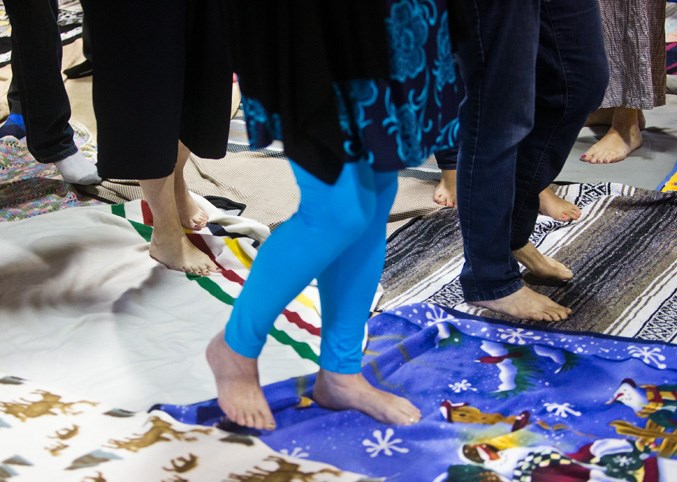Some people might think that a community newspaper such as the St. Albert Gazette might not report on larger issues that really matter to people throughout the province or even the country. That’s not accurate, however. I’ve been privileged enough to have the opportunity to write several articles that, either directly or indirectly, involve the greater concept of the truth and reconciliation movement. Truth and reconciliation involves all Canadians from all backgrounds, not just the First Nations, Inuit and Métis members of our communities. After all, Indigenous peoples were here long before white European settlers arrived, and now we all live together like a diverse, extended family in one great big northern house. To that end, my favourite story of the year is actually several stories in one. I’ve written about Beth Wishart Mackenzie whose film Lana Gets Her Talk focuses on Lana Whiskeyjack, a Saddle Lake Cree visual artist trying to finish a mixed media sculpture featuring the tortured face of her uncle in an effort to help the healing from being a residential school survivor. I attended a blanket exercise and the opening ceremony of the Kâkesimokamik, St. Albert’s healing garden, and learned more about the two residential schools that were once located in this city. I don’t know much about how many children were forcibly taken from their families and sent to these institutions but I do know that they did not receive love. Many of the people who survived them are still traumatized and their psychological suffering is felt in subsequent generations of their families and throughout our community. I was blessed to have learned about the Michel Band because of a new exhibit at the Musée Héritage Museum. Guest curated by Celina Loyer, the exhibit tells the story of the Treaty 6 First Nations people who were forced out of their treaty by the federal government. In researching their story, I spoke with Maureen Callihoo Ligtvoet and her father, Ernie Callihoo who is an elder and the last person still living on Michel land. The Michel people are still fighting to get their recognition back. I could go on. There were more articles on the subject, and reconciliation has many facets, many stories still needing to be told. As a kind of guide for people to feel more involved in the act, I wrote a feature called How to: Reconciliation: A local guide to right relations with First Nations, Inuit and Métis peoples that was published in last Saturday’s edition. Along with all of the other articles, I felt that it would be a gentler way of introducing reconciliation into more people's lives.




